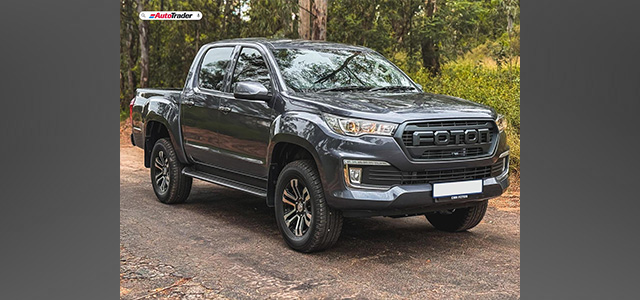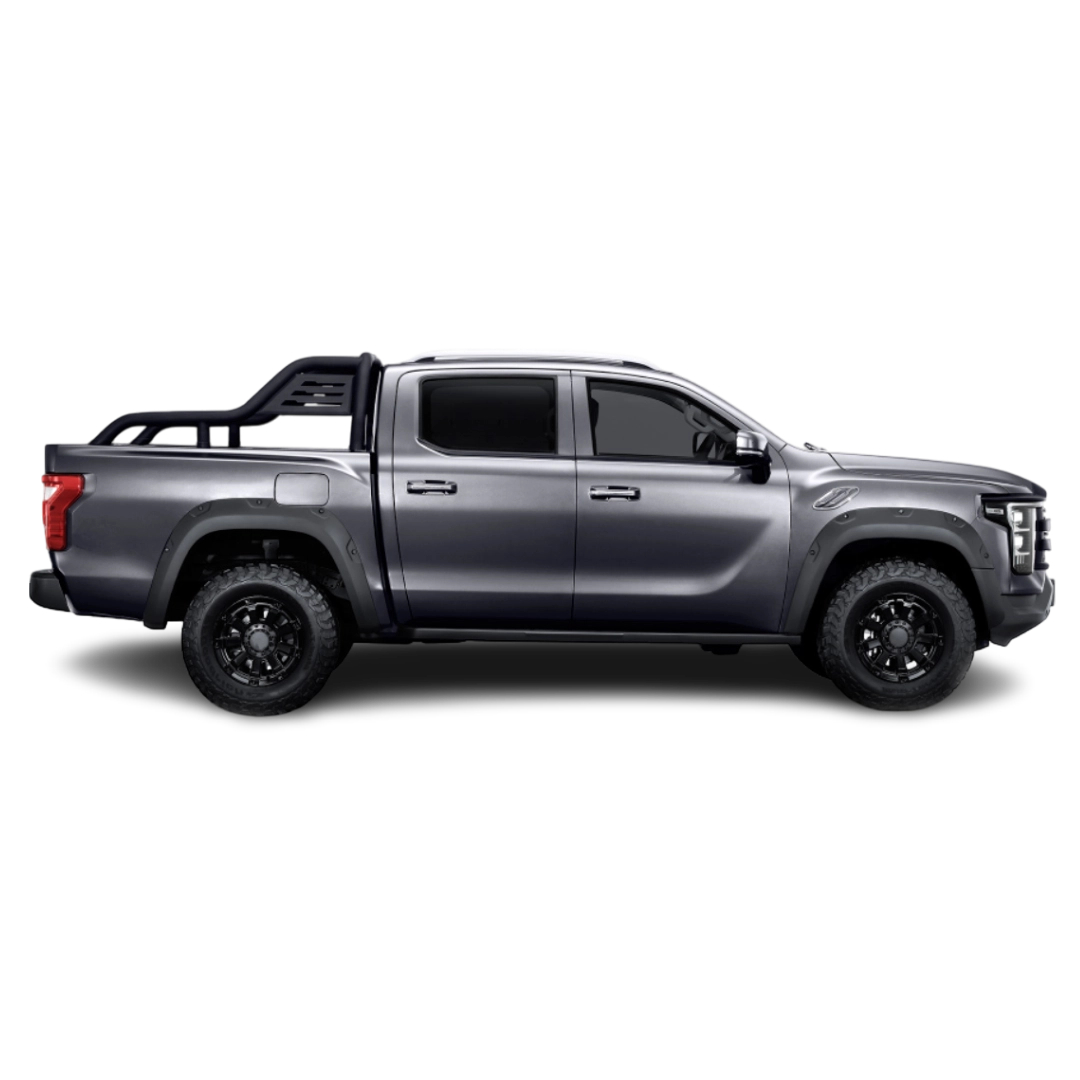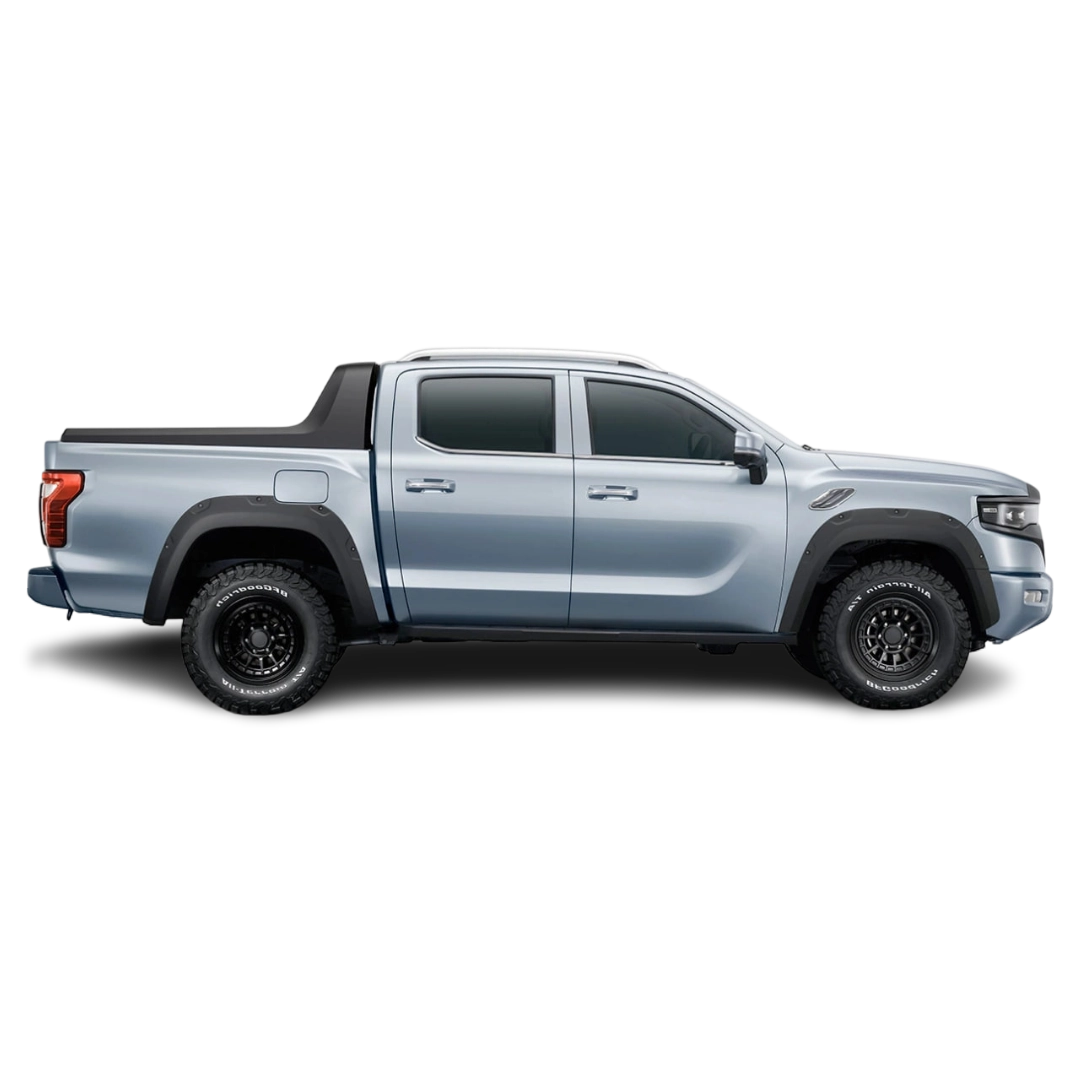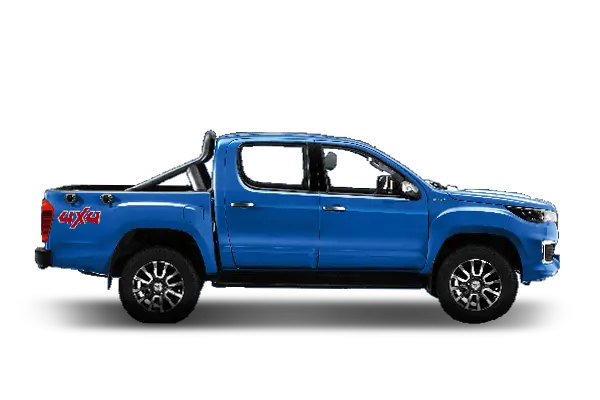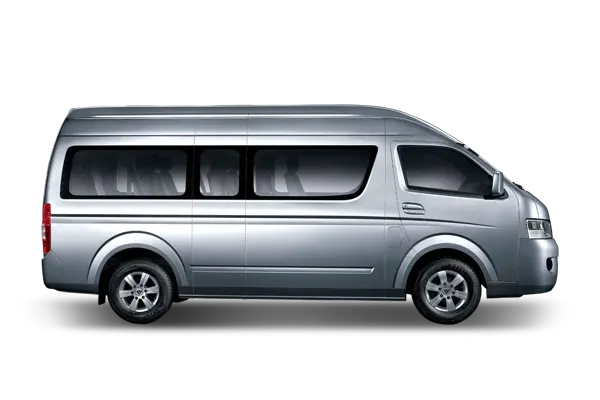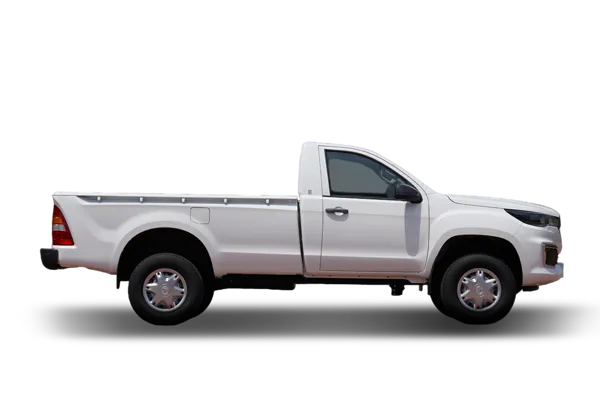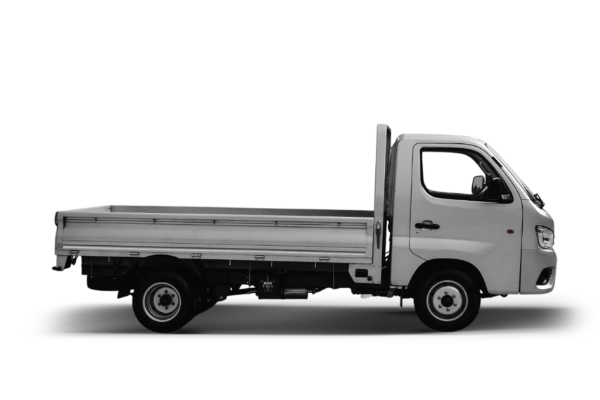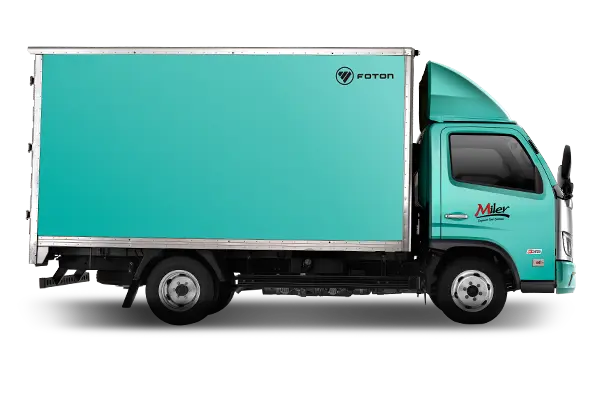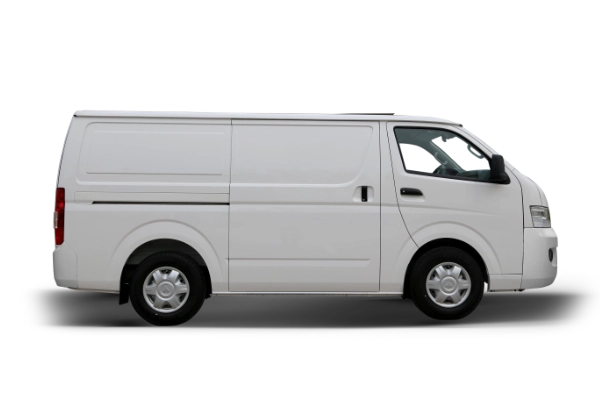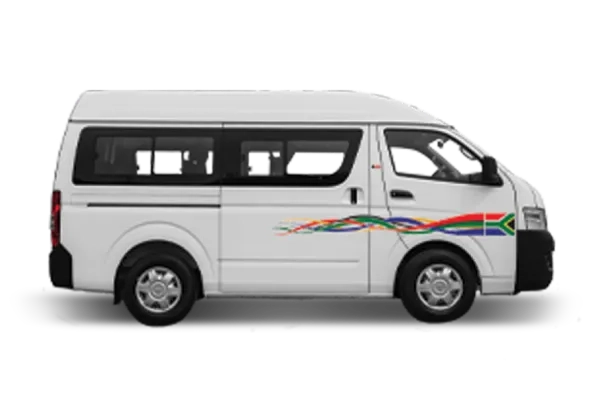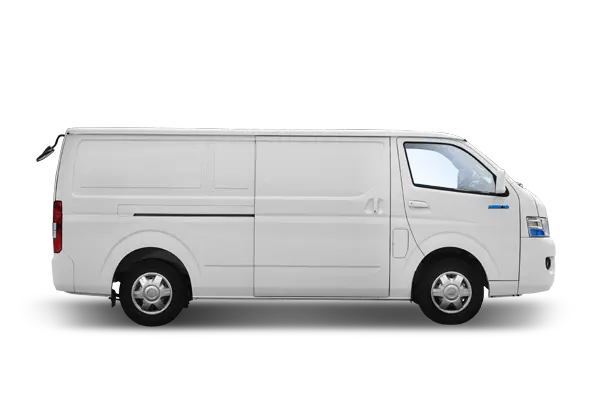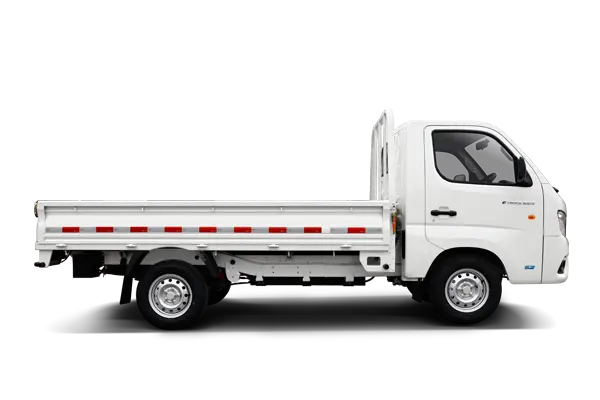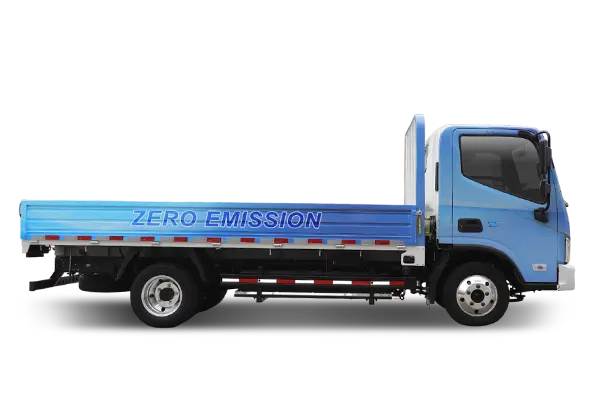A double cab bakkie for under R400 000? Yes, it is possible. You may be wondering how many sacrifices you need to be prepared to live with when shopping at the more affordable end of the spectrum, but the Foton Tunland G7 shows us that listening to your wallet isn’t a terrible idea.
It seems that each month, a new brand launches in South Africa. The offerings, usually hailing from across the water in China, range from a variety of SUVs, the odd hatchback, and more recently, light commercial vehicles – what you and I would call ‘bakkies’. Foton has been around in South Africa since 2008, but has primarily focused on the commercial sector. That all changed in April 2024 when Foton signed an agreement with the CMH group. This business venture sees its light commercial offering now available in SA and is determined to challenge the status quo.
My first taste of their LCV offerings sees us start at the very bottom of the double cab price list with the cheapest double cab offering on their books; the Tunland G7 2.0TD Double Cab in manual guise. Sneaking in under the R400 000 mark tempered my expectations of the vehicle, and I will be the first to say that by the end of the week, I was left suitably impressed.
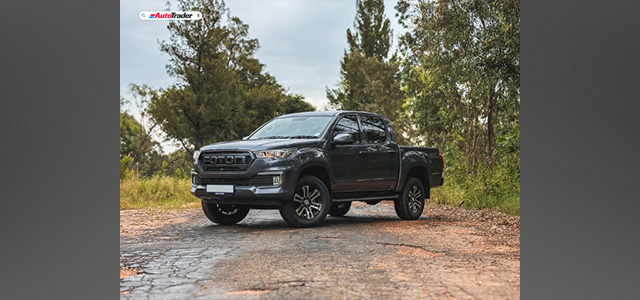
✔ Styling
What happens when you take a Toyota Hilux, add a splash of Amarok, sprinkle some D-Max over it, and bake it for 90 minutes at 180 degrees? You get the Tunland G7. It’s not a straight-up copy, but it’s easy to see where inspiration has been drawn from. You’ll spot it around back as well, with taillights that look very VW Amarok / Mercedes-Benz X-Class, too.
This entry-level double-cab model blends in amongst the Hiluxes and Rangers that besmirch local roads. This may not be to everyone’s liking, but for many, the ability to blend into the background is appealing. You don’t stand out in the same way that you would if you were behind the wheel of an unconventional JAC T9 or a GWM P500. The narrow halogen headlights and hexagonal grille strike an attractive portrait, while the fog lamps rest on either side of a VW-esque lower bumper.
Even as the starting point in the Tunland double cab range, you get alloy wheels as part of the package. In this case, a set of 17-inch alloy wheels with machined faces, shod in 265/65R17 tyres. The flashy wheels may not be to everyone’s liking, and it’s worth noting that the spray-on bed liner of our test unit was an additional extra.
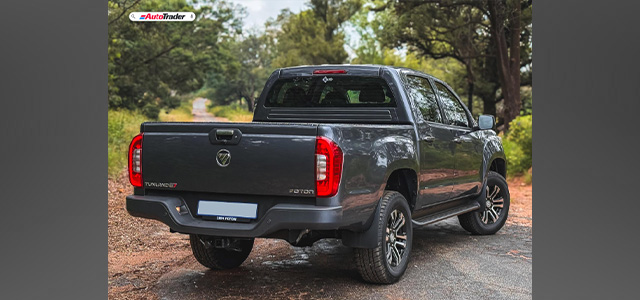
✔ Space & Interior
The interior of the Tunland is surprisingly well-equipped and stylishly designed. Too often, in affordable offerings, one has to concede that the interior design will be an exercise in function over form. This is not the case in the Tunland, which sports a modern, SUV-like interior layout with clear, well-laid-out controls. There’s a healthy blend of soft-touch panels, plastics, and brightwork, with the dashboard panel on the passenger side sporting backlighting.
The TL trim gets cloth seats, which is actually a welcome change in a world of imitation leather. It foregoes the need for seat heaters and ventilation, but I have concerns about the durability of this material and the padding. With only 200 km on this test example, there was already uneven wrinkling in the driver’s seat (which has naturally seen more traffic than the others), making it look prematurely aged compared to the rest of the interior. This wasn’t my only concern, though, as it was also noted that there was a rattle from the transmission tunnel, and one section of carpet had already started pulling away from behind the plastic panel. It’s small things like this that remind you that you get what you pay for.
The ride is firm, particularly at the rear. This is more in line with older double-cab offerings that prioritise functionality over passenger comfort. Great if you intend on loading the bin regularly, and perhaps less so if you intend on using it solely as passenger transportation. The Tunland G7 TL is rated to carry a 1-ton payload.

✔ Comfort & Convenience
Fitted to the Tunland G7, even in TL trim, are two 12.3-inch screens: one for the infotainment system and another for the driver display. The infotainment houses the regular array of basic features, including Android Auto and Bluetooth connectivity, but Apple CarPlay is courtesy of an aftermarket wireless dongle located in the centre armrest and plugged into one of the two USB ports. In the TL, you get four speakers, with adequate sound quality for daily listening.
Automatic, single-zone climate control keeps the cabin comfortable and electric windows with one-touch opening for the driver are standard. Cruise control is present, but regulated manually with no auto-adaption. Headlights and wipers are also manual, but a strange omission is the lack of an audible buzzer for the headlights. As a result (and only because I’ve become accustomed to auto lights), I left the headlights on twice while the Tunland was in my care. Thankfully, the headlights are programmed to switch off after several minutes, helping avoid an embarrassing flat battery situation.

✔ Performance
The gem in the crown of the Tunland is the Aucan engine. Developed in conjunction with diesel specialists Cummins, this 2.0-litre turbodiesel unit exhibits loads of character. It generates 120 kW and 390 Nm, but it feels much stronger than the numbers suggest. The low-end torque is impressive, allowing for 2nd gear pullaways, and the Aucan engine is happy to rev out, providing you with more time in gear and greater flexibility for overtaking and the like. While not as refined as some of the other turbodiesels on the market currently, the robust nature of the Aucan engine invokes a sense of dependability and durability. It’s mated to a 6-speed manual gearbox which, while direct enough, has a rather sloppy linkage feel, souring what would otherwise be an excellent driving feel.
Cummins isn’t the only reputable firm that can be associated with the Tunland. Part of its appeal is that key components are sourced from some of the best in the business. Dana provides axles and diffs for the 4×4 variants (our test model was the 4×2 though), Bosch electronic and ABS systems connect things together, Borg Warner supplies the turbochargers, and, should you spring for the slightly more expensive automatic version, ZF for the 8-speed gearbox.

✔ Fuel Economy
Manufacturer quotes suggest that you should be able to achieve a combined cycle fuel consumption of 8.0 l/100 km. In the real world, I could average 9.0 l/100km without particular attention paid to hypermiling. It’s fitted with a 65-litre fuel tank and should yield 722 km from a full tank.
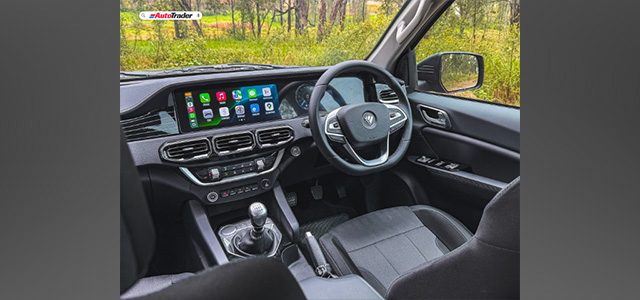
✔ Safety
Safety is not an area that should be compromised when shopping for a double cab on the more affordable side of things, but one cannot expect a host of modern driver assistance systems either. In this way, the Tunland G7 TL still features ABS with EBD, a traction control system, electronic stability control, tyre-pressure monitoring, rear parking sensor with reverse camera, hill start assist, and a driver fatigue alert.
It’s also equipped with dual airbags for the two occupants up front.
✔ Price
Our test unit, the Foton Tunland G7 2.0TD double cab TL manual, retails for R399 900, sneaking in just under the R400k mark. Spruce things up a little, or opt for the automatic gearbox, and the price increases with the range being headlined by the Limited 4×4 variant at R584 900. Vehicles are sold with a 5-year / 200,000 km warranty, a 3-year / 50,000 km service plan, and a 5-year roadside assistance plan.
| Model | Price (incl. VAT) |
|---|---|
| Foton Tunland G7 2.0TD double cab TL manual | R399,900 |
| Foton Tunland G7 2.0TD double cab TL auto | R469,900 |
| Foton Tunland G7 2.0TD double cab TLX | R499,900 |
| Foton Tunland G7 2.0TD double cab TLX 4×4 | R559,900 |
| Foton Tunland G7 2.0TD double cab Limited 4×4 | R584,900 |

✅ Verdict
I rather enjoyed my time with this Tunland, even if it was a base-spec manual variant. It drives well, and it wasn’t particularly troublesome. If you’re needing a dual-purpose vehicle that is as capable of hauling large items around as it is ferrying the kids to school, it does the job well. It looks the part and doesn’t stick out, gliding under the radar largely unnoticed. If I were spending my own money, though, I would be a little concerned with the few shortcomings it does have, namely the rattle and carpet issue, the gear shift becoming less concerning the more time you spend with it.
It offers what seems like great value for money, showing that you don’t have to break the bank to check several boxes off your car-buying wishlist. We will review the automatic 4×4 TLX trim in the weeks to come.
Source: Foton Tunland G7 2.0TD Double Cab TL manual (2025) Review – Entry-Level Foton Surprises – Expert Foton Tunland Car Reviews – AutoTrader

